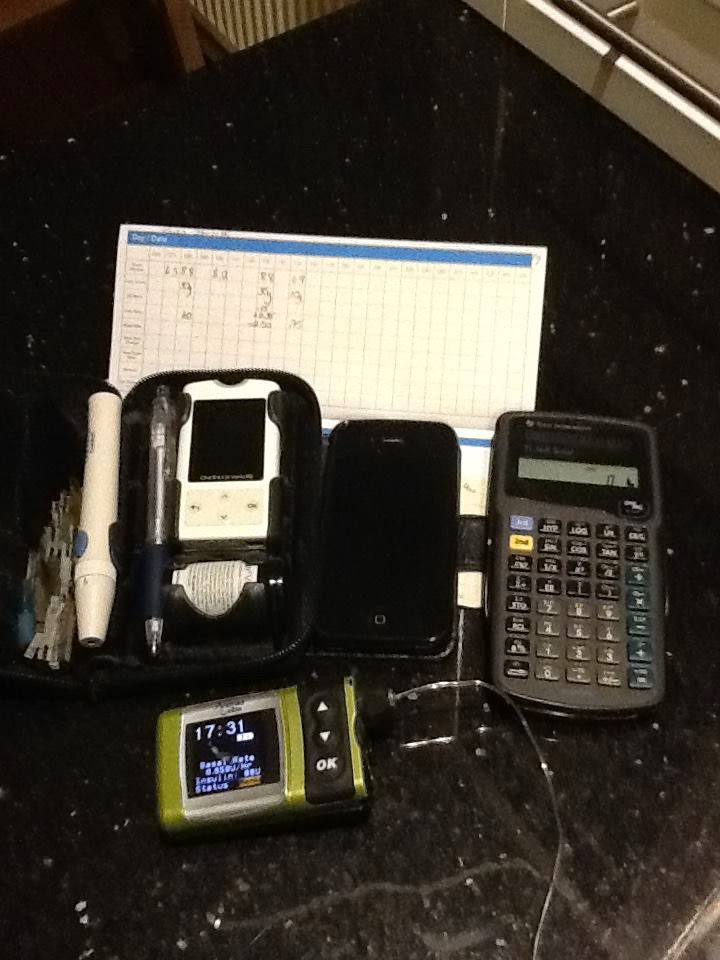Diabetic RetinaScreen was launched in 2013 and is an Irish government-funded screening programme that should ensure all people with diabetes over the age of 12 years will be offered a free annual diabetic retinopathy screening. The Diabetic RetinaScreen programme uses specialised digital photography to examine the eye.
Diabetes Ireland recommend that everyone with diabetes should have an eye screening once a year to prevent diabetic retinopathy and other diabetic eye complications.
So why did we need something new?
This service came about because not everybody with diabetes was getting an annual eye exam at all and because diabetic eye disease is still one of the most common causes of blindness in Ireland.
Another benefit of this system is that it provides a photograph of the retina, which means that your images can be viewed side by side, year on year, to check for changes.
Diabetic retinopathy can be treated if caught in time.
If you have diabetes, it is important to have the back of your eyes effectively screened every year.
How does it work?
This is my experience with this new service and I have understood that it works this way for most people. Although, I have read and heard about some issues that people have had getting on the register but I think most of these teething problems have been ironed out.
When the service was launched the public was encouraged to check that they were on the RetinaScreen register. The register was created from the information provided by healthcare professionals (GP's, diabetes clinics and endocrinologists).
I called the number on the website and the lady who took my call said that I was on the register but she would check that all the details were correct. We discovered that they had a very old address for me which meant that if I hadn't checked I would not have received my letter. I was glad I checked.
It's important to note that Diabetic RetinaScreen only accept referrals from healthcare professionals. If you're not on the register you need to request that your GP, diabetes clinic or endocrinologist puts you on it.
In October, I received a letter asking for my consent to be invited for a screening. This required me to call a number and agree verbally. This was easy too.
Within 3 weeks I received my letter of appointment for the 27th November 2014 at my local Specsavers shop.
I did have to call RetinaScreen to rearrange my appointment because I did not have someone to drive me on the date. This was painless to do also and the new appointment was within two weeks of the original date.
The day of my appointment, I arrived promptly and did not have to wait more that a couple of minutes from someone to check me in. We filled in the short form and then I was taken into the back area for the pressure tests. This involved me placing my face into a chin rest and the Specsaver employee operated a machine that shot a quick blast of air into my eye. This might sound harmless and it was, but I found it extremely difficult to keep my eyes open long enough to complete this test. He told me they only needed one good one but that they do it a couple of times just to be sure they have what they need. OK.
This eye pressure test, is known as a tonometry is a part of every routine eye exam, it measures the fluid pressure inside the eye. Increased pressure within the eye can be a sign of glaucoma.
Once we had done this, I returned to a waiting area outside of this room. Within another couple of minutes I was taken into the sight test room by the optician. She did a brief sight test, took notes and then administered the "dreaded" eye dilation drops.
She was so lovely, she kept apologising for doing what she needed to do. I assured her that I'd had the drops done more that a few times and there was no easier way to do it. I would be happy once I did not have to go through having to drops redone because she missed or they didn't take.
With the drops accurately administered I went back to the waiting area to wait for them to take effect. This took about 15 minutes. The optician, then, brought me into the same room that I had the tonometry test done. She performed a couple more tonometry tests and took the photo of my retina and I was done!
The whole process took 30 minutes.
I had a letter in a couple of weeks with my results. The letter stated that I had background retinopathy in the back of my left eye. This was a bit of a shock as all previous eye exams were reported clear. I suppose having a digital image that the reader can zoom in on is hugely beneficial in this case.
My level of retinopathy doesn't require any treatment yet but at least I know to make sure I don't miss any eye appointments.
If you have diabetes and would like to check you are on our register, please ring Freephone 1800 45 45 55 and choose option 1.
Benefits.
-
Having a retina photo taken that can be used to compare the following years.
-
Not having to supply a useless urine sample (my local public diabetic eye clinic required this and it became a pet peeve that will cause me to go into a rant and I am stopping that right now, another time, another place).
-
Getting an annual eye screen, em annually and not every 2 or 4 years.
-
Because I am a low-medium risk patient I'm not taking time away from someone who needs treatment from a specialist right now.
-
People who are in the high risk category are fast tracked to an ophthalmic specialist.
Cons.












